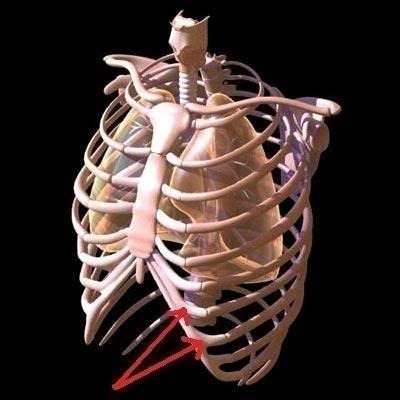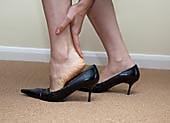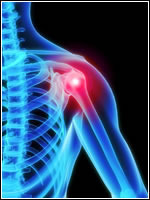Rib Pain
Rib pain is a very difficult experience for patients considering the severe and stabbing pain that usually goes with it. This medical condition significantly affects the lower, upper, left and right portions of the rib, causing a shooting pain, a tingling sensation and a dull feeling in the affected areas. However, patients can easily reduce the discomforts brought about by this problem if they are equipped with the proper knowledge and right information regarding its symptoms, causes as well as possible treatments.
Rib Pain Symptoms
People can experience chronic pain if their ribs are fractured. This is an injury marked by sharp pain in the chest area. Swelling is noticeable, plus pain can easily be felt by sneezing, coughing or just by taking deep breaths. For those with stress fractures in the rib area, pain is not isolated in the chest. Instead, it can also be felt at the upper part of the shoulder blade, in front of the neck or around the shoulder. Furthermore, people suffering from Tietze syndrome, which is commonly known as costochondritis, also feel great pain due to swelling and inflammation somewhere near the rib area.
Causes of Rib Pain
Pain in the rib area is caused by many different factors. These include stress fracture of the ribs, which is marked by severe pain and inability to function normally. Add to that, people may experience pain somewhere in the rib and chest areas due to costochondritis. For women, breast injury can cause shooting pain and discomfort. Other common causes of pain in the rib area are sternoclavicular joint injury, referred pain from the thoracic spine and fracture of the ribs. Moreover, different types of medical conditions can also cause pain including lung cancer, tuberculosis as well as rib cartilage injury.
Rib Pain Diagnosis
It is very important to diagnose pain in the rib area, mainly because it could mean more severe medical conditions such as tuberculosis and lung cancer. Upon consultation, health care providers usually assess the medical history of patients. After that, a thorough physical examination will be performed, focusing mainly on the chest, lungs and rib area. These important procedures will then be followed by diagnostic tests, two of the most common are chest x-rays and bone scans.
Rib Pain Relief
For the management of pain, it is good for patients to take non-steroidal anti-inflammatory drugs like ibuprofen and naproxen. It is also recommended to ice the injured rib area to help fight off the sharp pain and swelling that are commonly associated with such medical condition. The use of rib belts can also help especially when limiting the movements of the injured areas.







